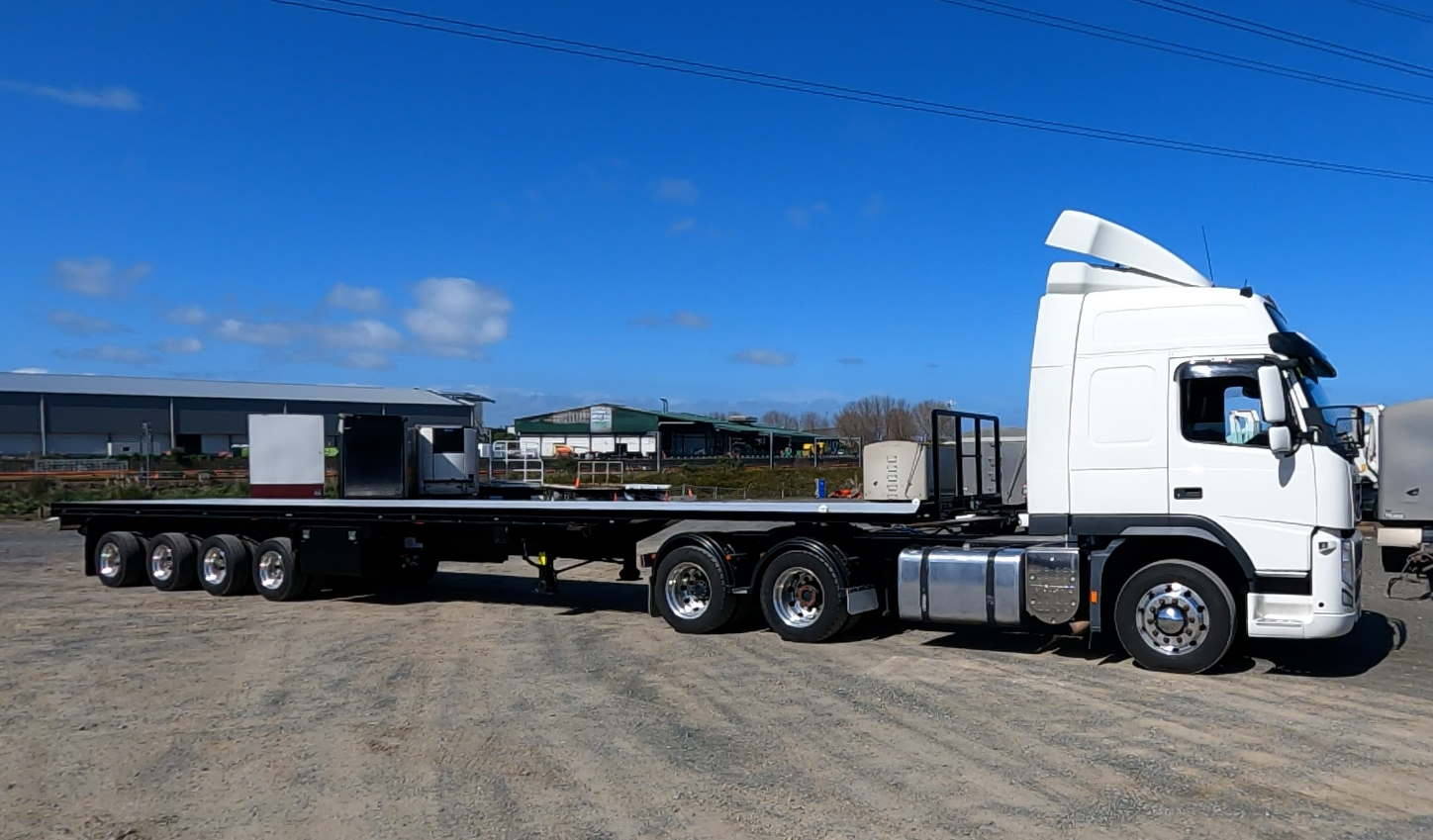
Introduction
Semi-trailers, also known as tractor-trailers or articulated trucks, are an essential component of the transportation industry. These large vehicles, consisting of a tractor unit (commonly referred to as a “truck” or “prime mover”) and a detachable trailer, dominate long-haul freight transportation across countries and continents. In this article, we explore the features, advantages, and significance of semi-trailers in the logistics landscape.
Key Features and Components
- Tractor Unit: The front portion of a semi-trailer is the tractor unit, which consists of an engine, cabin, and steering system. The tractor unit provides the power needed to propel the entire vehicle and is operated by a professional truck driver.
- Trailer: The rear part of the semi-trailer is the detachable cargo-carrying unit. Trailers come in various types, including flatbeds, dry vans, refrigerated (reefer) trailers, tankers, and specialized trailers. They are designed to accommodate different types of cargo and provide secure transportation.
- Fifth Wheel: The connection point between the tractor unit and the trailer is the fifth wheel coupling. This mechanism allows for articulation and allows the trailer to pivot smoothly during turns.
Advantages of Semi-Trailers
- High Payload Capacity: Semi-trailers are designed to carry large volumes of cargo. Their substantial size and weight capacity make them well-suited for long-haul transportation, allowing for the efficient movement of goods across vast distances. The ability to transport significant quantities of goods in a single trip contributes to cost savings and logistical efficiency.
- Fuel Efficiency: The aerodynamic design of semi-trailers, coupled with advancements in engine technology, contributes to improved fuel efficiency. The streamlined shape reduces wind resistance, enhancing the truck’s overall fuel economy. This efficiency is crucial for long-haul operations, where minimizing fuel consumption has a significant impact on operational costs and environmental sustainability.
- Versatility: Semi-trailers offer versatility in terms of cargo handling. Different types of trailers can accommodate a wide range of goods, from general merchandise and dry goods to perishable items, hazardous materials, and oversized loads. This flexibility allows businesses to transport diverse products using a single fleet of trucks, streamlining operations and maximizing resources.
- Cost-Effective Long-Distance Transportation: Semi-trailers are particularly well-suited for long-distance transportation, such as intercity or cross-country deliveries. The combination of high payload capacity and fuel efficiency enables cost-effective transportation over extended distances. With their ability to cover significant ground, semi-trailers facilitate efficient supply chain management and support global trade.
Significance in the Logistics Landscape
- Long-Haul Freight Transportation: Semi-trailers form the backbone of long-haul freight transportation, connecting manufacturers, distributors, and retailers across vast distances. They facilitate the movement of goods between production centers, distribution hubs, and retail locations, enabling seamless supply chain operations on a national and international scale.
- Global Trade and Supply Chain Integration: The international transportation of goods heavily relies on semi-trailers. They play a pivotal role in global trade by connecting different countries and continents through efficient transportation networks. Semi-trailers provide the infrastructure necessary for the smooth movement of goods from ports to distribution centers, ensuring supply chain integration and supporting economic growth.
- E-commerce and Expedited Delivery: With the rapid growth of e-commerce and the increasing demand for expedited deliveries, semi-trailers have become even more crucial. They facilitate the transportation of goods from fulfillment centers to regional distribution centers and local delivery points. Their large capacity allows for the consolidation of multiple shipments, enabling faster and more cost-effective deliveries to end customers.
- Industry and Infrastructure Development: The utilization of semi-trailers has led to the development of infrastructure to support their operations. This includes the construction of highways, logistics hubs, and truck stops designed to accommodate these large vehicles. The presence of a robust semi-trailer transportation network contributes to regional economic development and job creation.
Conclusion
Semi-trailers are the workhorses of the long-haul transportation industry, enabling the efficient movement of goods across vast distances. Their high payload capacity, fuel efficiency, and versatility make them essential in supporting global trade, supply chain integration, and the growing demands of e-commerce. As logistics continue to evolve, semi-trailers will remain the backbone of freight transportation, connecting businesses and consumers across regions and continents.
